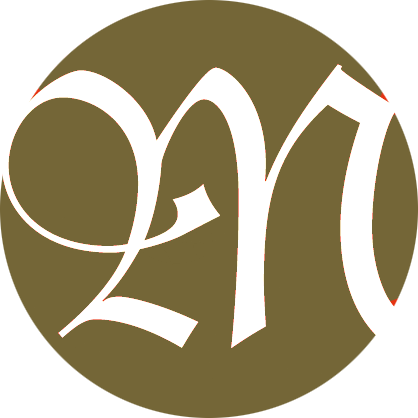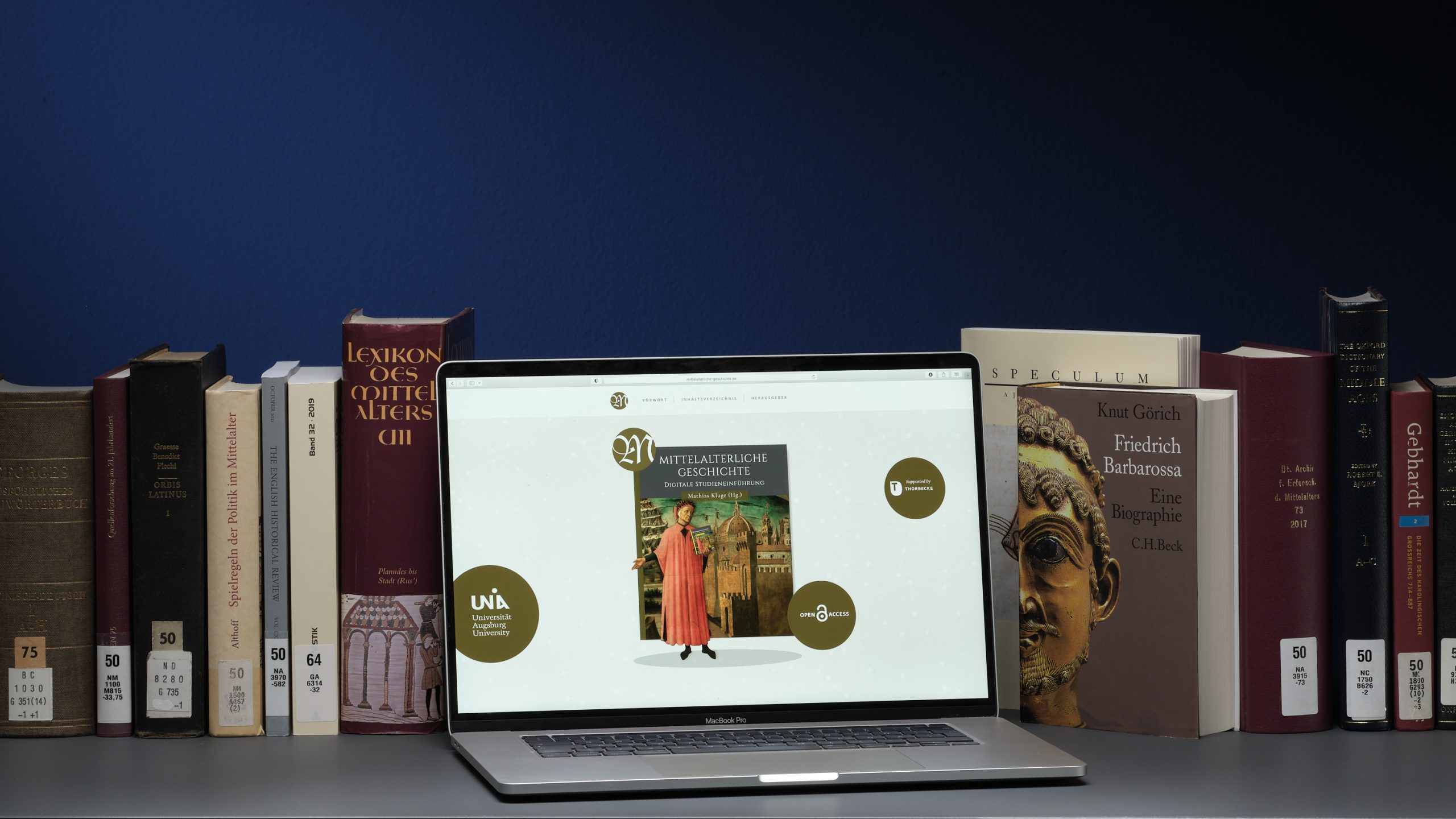
Scientific Literature
by Mathias Kluge and Martin Völkl (Augsburg)
reading time: approx. 7 Minuten
Research into the history of the Middle Ages has already produced a wide variety of scholarly literature. While detailed studies serve to document research results, handbooks, as overview works, present larger historical contexts or explain terms, techniques and methods of historical research. Finally, introductory works serve to make it easier for beginners to get started in the study of medieval history.
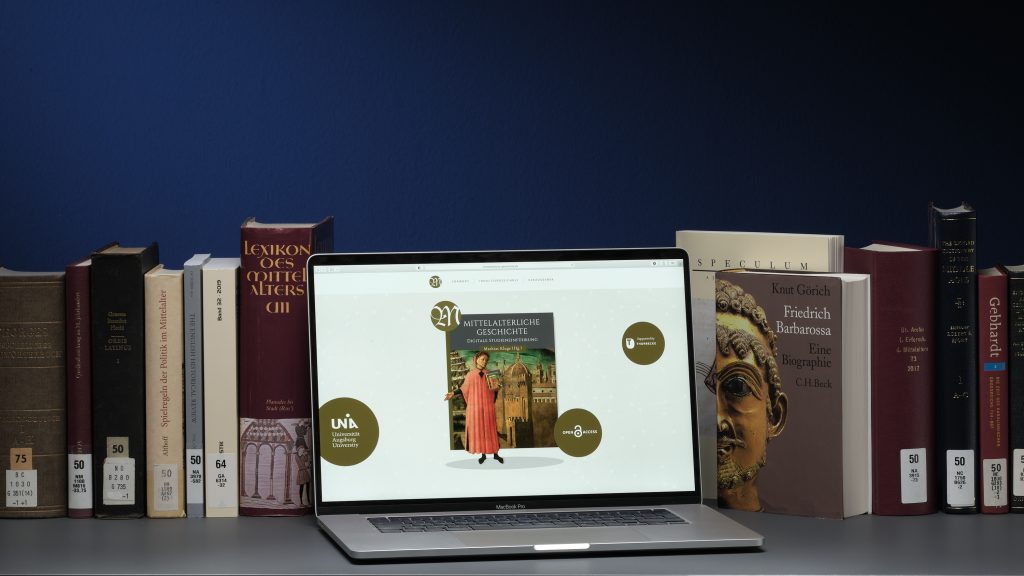
Working with academic literature is a prerequisite for successful study. It is not only the basis of every scientific investigation, but also forms the foundation for the classification, evaluation and interpretation of historical sources. In this context an aphorism attributed to the medievalist Hermann Heimpel reads: “Knowledge of literature protects against new discoveries”.
This chapter describes central manifestations of scientific literature. They can be distinguished from each other according to their formal and content-related nature.
Monograph
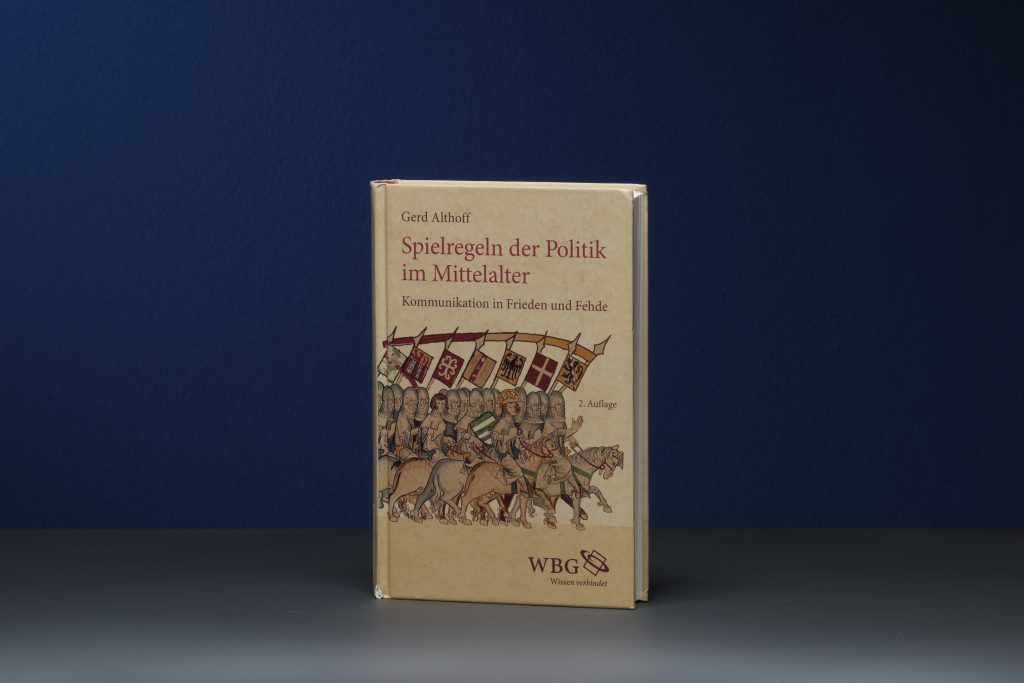
© Universität Augsburg / Peter Neidlinger
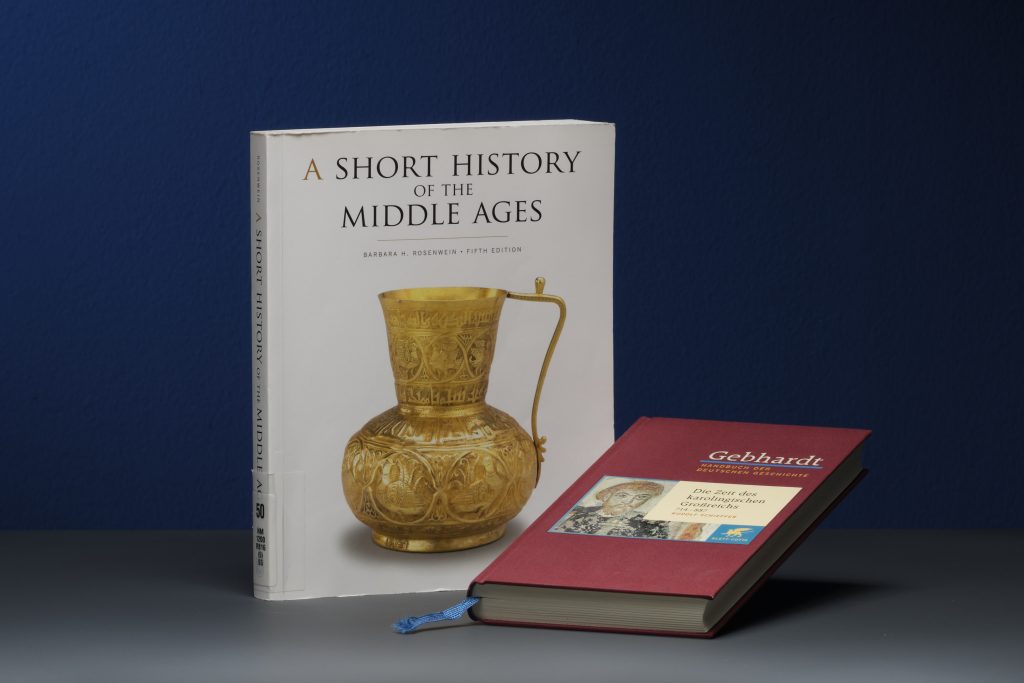
© Universität Augsburg / Peter Neidlinger
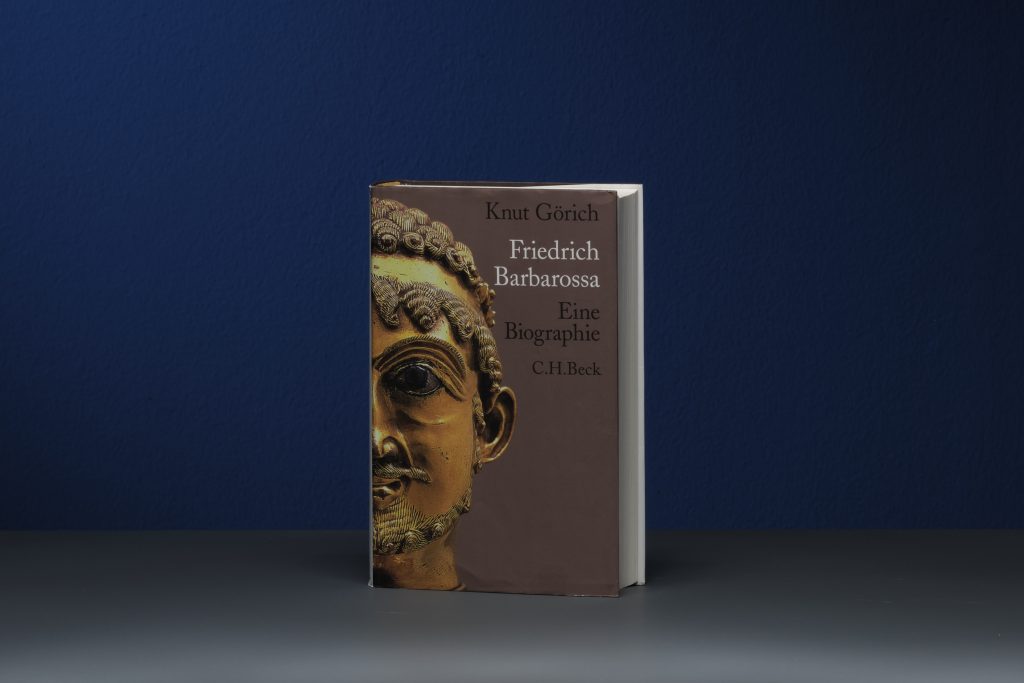
© Universität Augsburg / Peter Neidlinger
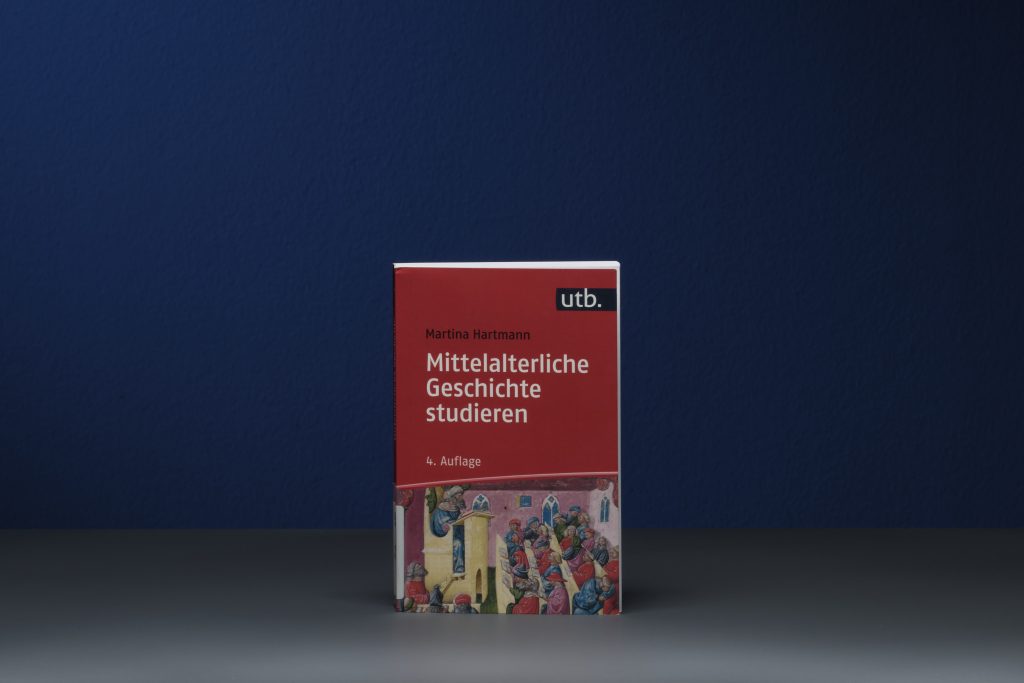
© Universität Augsburg / Peter Neidlinger
A monograph (gr. Μονογραφία) is the name given to a scholarly work when it is intended to highlight the fact that a single historical topic has been comprehensively investigated and presented in a coherent manner. A monograph can be written jointly by several authors, but it is usually the work of a single person.
The thematic spectrum of the monograph is diverse. In medieval history, it is customary to write qualification theses (dissertation / habilitation) in monographic form. In such studies, the state of research is recorded and further developed through the evaluation and analysis of literature and historical sources.
Overviews such as the individual volumes of the multi-volume handbook “Gebhardt: Handbuch der deutschen Geschichte” have a different character. In them, research results are brought together to form an overall picture in order to elaborate and convey the structures and interrelationships of entire epochs.
Biographies deal with the history of individual historical figures. Textbooks and introductions into the study of the Middle Ages have a more didactic character. While the former usually provide a concise overview of a specific historical topic, the latter offer a first approach to the field of history.
Miscella
The most frequently chosen form of publication for scientific exchange are articles or miscellanies (from the Latin miscella = mixed things) A Miscella is a short article that does not reach the size of an essay. In such detailed studies, scientists document the results of smaller investigations, interim results of larger research projects, new approaches to a problem or summaries of findings.
Articles and miscellanies serve the academic debate. Due to their brevity, they can usually be written, published and read more quickly than monographs.
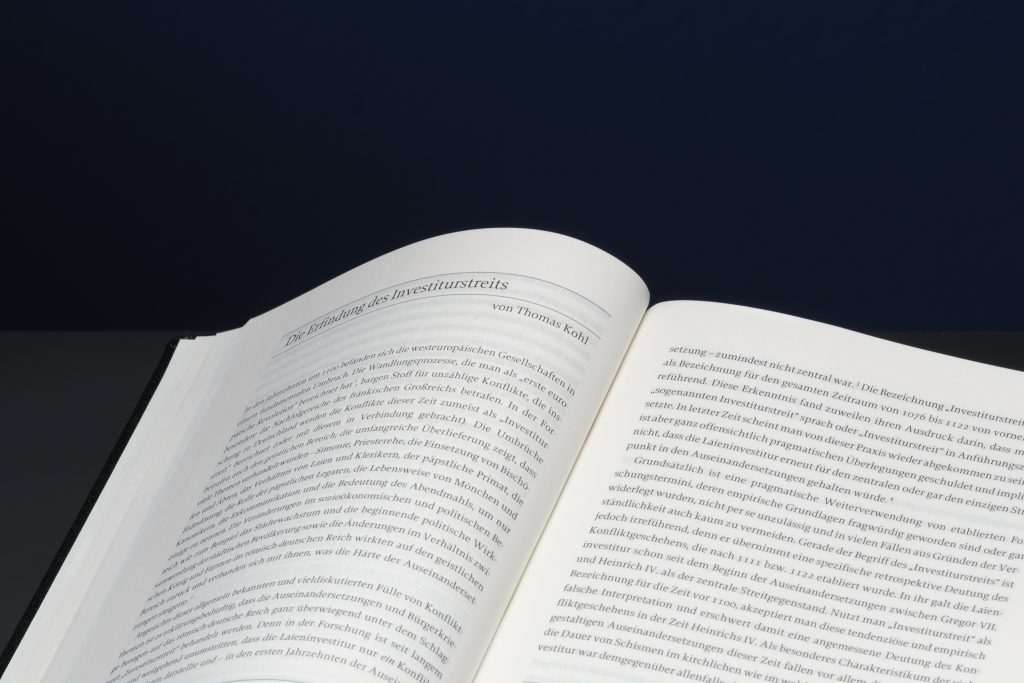
© Universität Augsburg / Peter Neidlinger
Essays and miscellanies cannot be searched individually in library catalogues. This is because they are – like encyclopaedia articles and reviews – so-called “dependent publications”. They are considered “dependent” works because they are always dependent on a more extensive work in which they are published. While miscellanies can only be found in scientific journals , articles are published not only in journals but also in collections of essays , “Festschriften” and conference proceedings. Journals, collections of essays , Festschriften and conference proceedings, like monographs, are listed in library catalogues and therefore are counted among the “independent publications”. How articles and miscellanies can be found via bibliographies of scientific publications and special bibliographies or databases dedicated to the history of the Middle Ages is explained in separate chapters.
Academic Journals
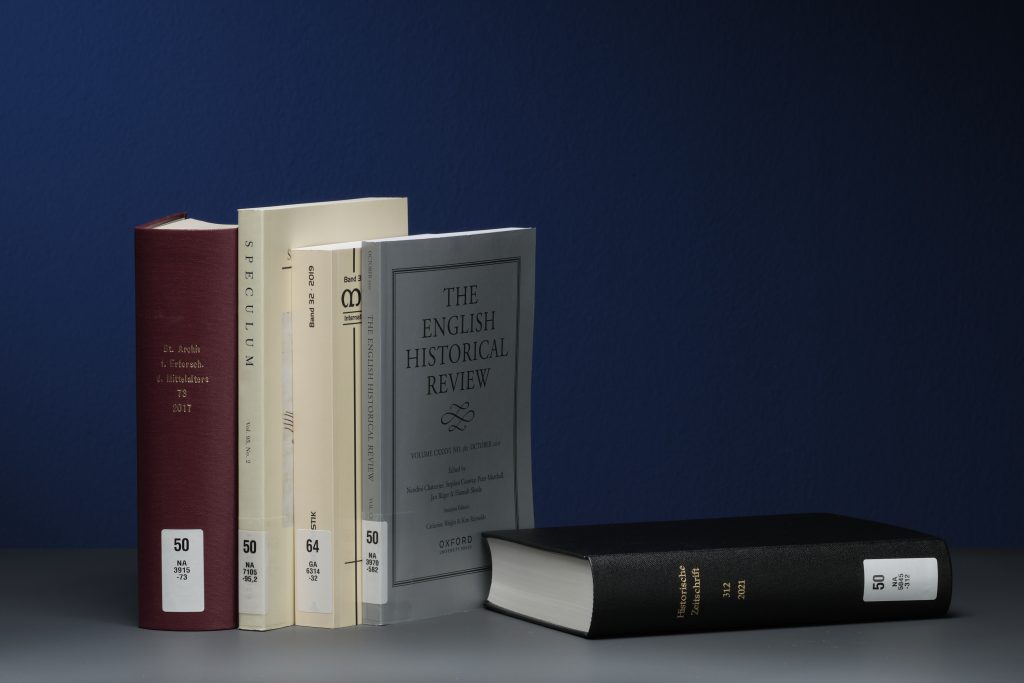
© Universität Augsburg / Peter Neidlinger
Together with research reports, reviews and other content, articles and miscellanies are published in academic journals, some of which have been around since the 19th century. Anyone who obtains an overview of the system of scientific periodicals will quickly realise how multifaceted the diversity of content of historiographical journals is. Thus, in addition to journals that focus exclusively on medieval history (e.g. “Deutsches Archiv für Erforschung des Mittelalters”), there are also numerous cross-epoch journals in which one can also find essays and reviews with medievalist content (e.g. “Historische Zeitschrift”). Both the cross-epochal and the epoch-specific journals can either have a thematically universal character or be committed to a specific sub-area (e.g. church history, cultural history, social history, auxiliary sciences).
A distinction must be made between historiographical journals, which primarily serve the academic exchange among historians, and periodicals whose content also has a historical focus, but whose target group is anyone interested in history. Such journals are also referred to as “kiosk journals”, since they – in contrast to the specialist journals – are available at newspaper kiosks.
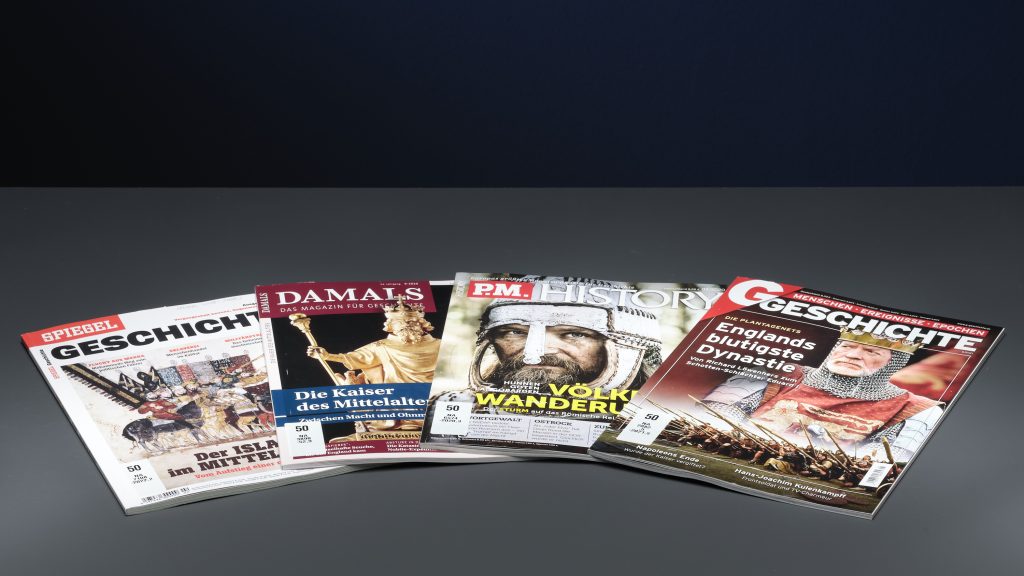
© Universität Augsburg / Peter Neidlinger
Anthology
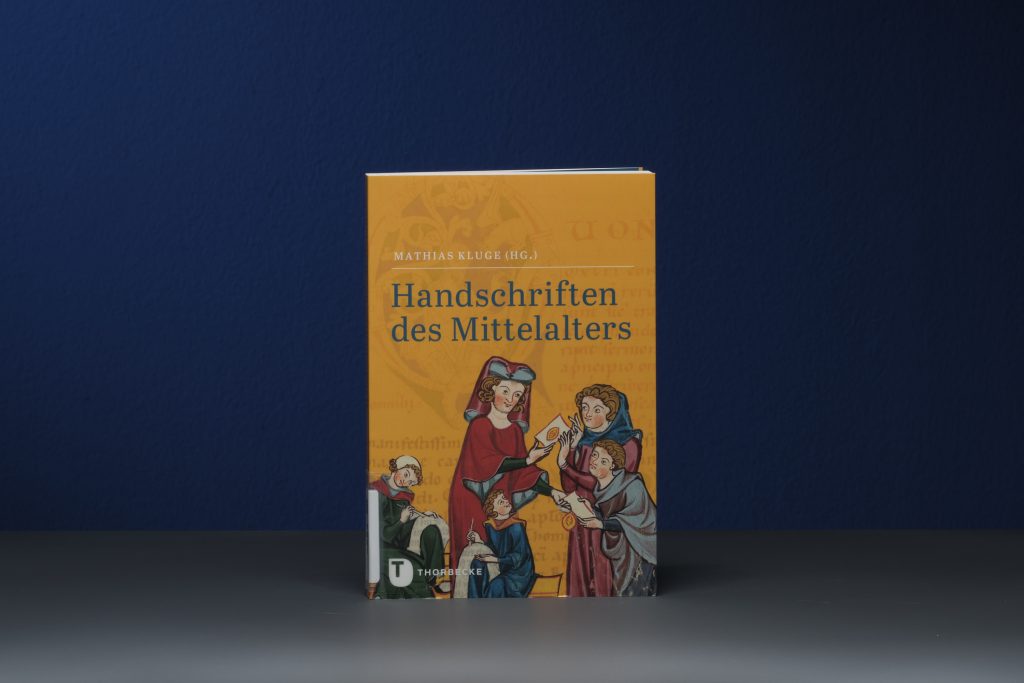
© Universität Augsburg / Peter Neidlinger
Articles are published not only in specialist journals but also in collections of essays. Unlike journals, anthologies are not published periodically. In terms of content, they usually focus on a specific topic, the individual aspects of which are presented in the articles by various authors and examined from different perspectives. Two special forms of collections of essays, each of which can be traced back to a specific occasion, are Festschriften and conference proceedings.
“Festschrift”
“Festschriften“ are published to honour the achievements of scholars and contain articles written by students, colleagues and friendsof the honored person. Festschriften also include the most important articles as well as a comprehensive bibliography of all scientific publications of the honoured person. Retirement or a milestone birthday are often taken as an occasion to prepare a Festschrift.

Alfred Haverkamp, Hanna Vollrath (Hg.), England and Germany in the High Middle Ages. In honour of Karl J. Leyser, London 1996.
© Universität Augsburg / Peter Neidlinger
Conference Proceeding
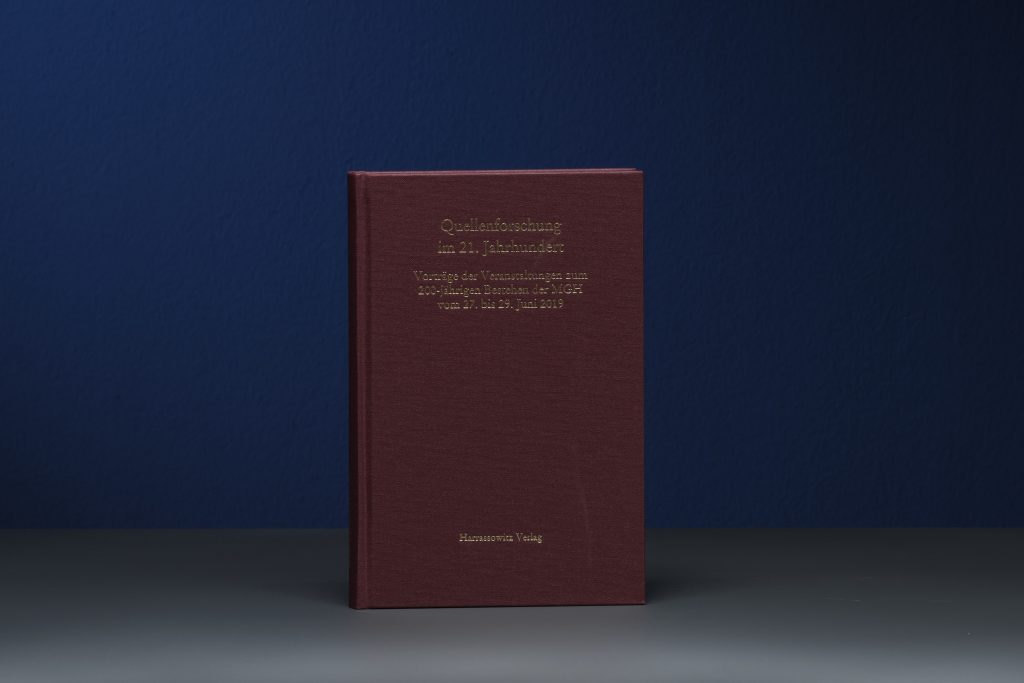
© Universität Augsburg / Peter Neidlinger
You will also find research articles in conference proceedings. These are usually lectures given at a conference and then published with scientific references.
Encyclopedia
The term “lexicon” (Gr. lexis = word) was already used in the Middle Ages as a term for dictionaries. Today it refers to both encyclopaedias with universal content (e.g. “Der Große Brockhaus”) and reference works with a specialist focus. Subject encyclopaedias contain, in alphabetical order, extensive short articles by individual scholars on a specific subject term, such as the “Lexikon des Mittelalters”. In contrast to universal encyclopaedias, these may be cited in seminar papers. When evaluating reference works, one should always bear in mind that they reflect the state of research at the time of their publication. This also applies to contained references.
![Lexikon des Mittelalters, München [u.a.] 1980-1998. © Universität Augsburg / Peter Neidlinger](https://mittelalterliche-geschichte.de/wp-content/uploads/2022/05/20220512_0100-1024x683.jpg)
© Universität Augsburg / Peter Neidlinger
Dictionaries are a special form of reference work. Of particular importance for medieval history are dictionaries that list the vocabulary of the languages in which the medieval source texts were written and also offer translation suggestions for each word. Examples of such dictionaries are the so-called Georges, a general Latin-German dictionary, or the Orbis latinus, which on the one hand lists Latin place names, presents the German equivalent of the place in question and lists all proven Latin name forms for German place names.
Bibliography
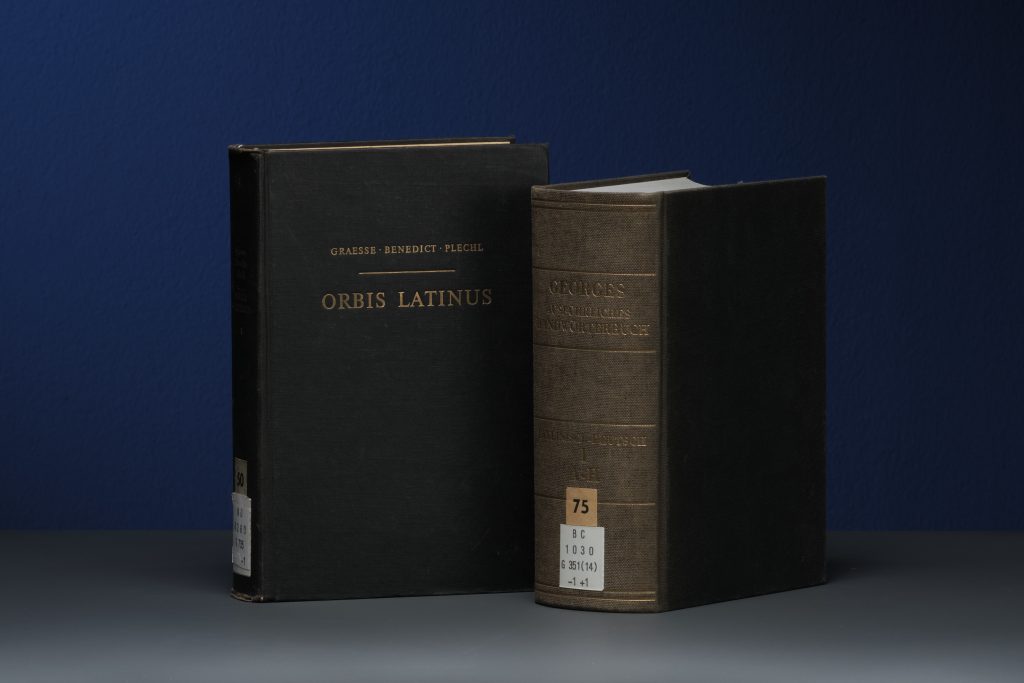
Johann Georg Theodor Graesse, Orbis Latinus. Lexikon lateinischer geographischer Namen des Mittelalters und der Neuzeit, Dresden 1861.
© Universität Augsburg / Peter Neidlinger
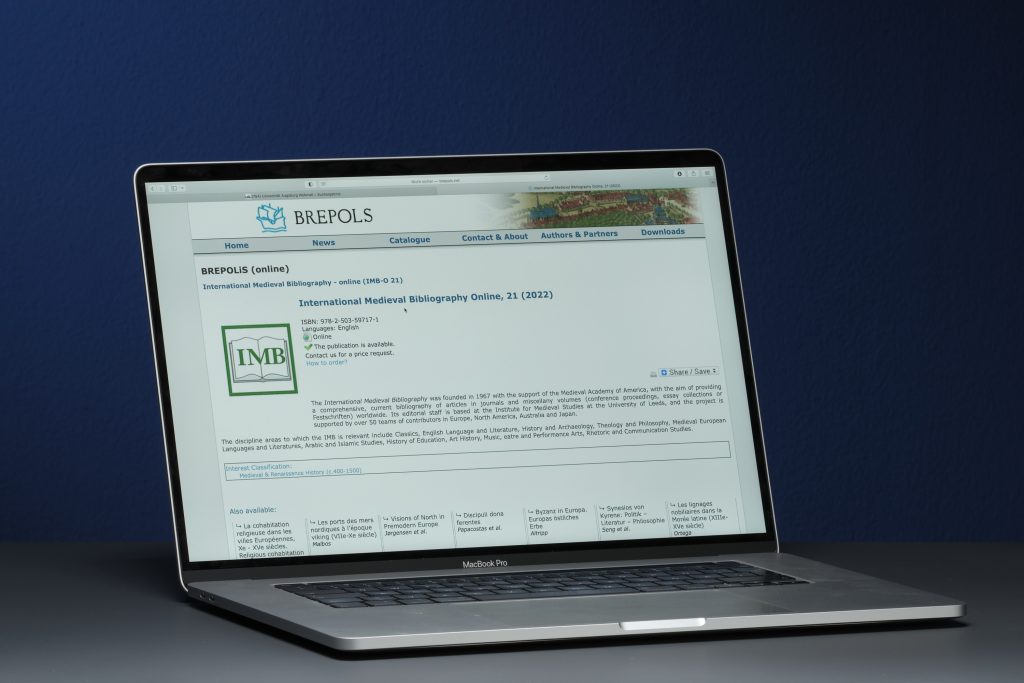
© Universität Augsburg / Peter Neidlinger
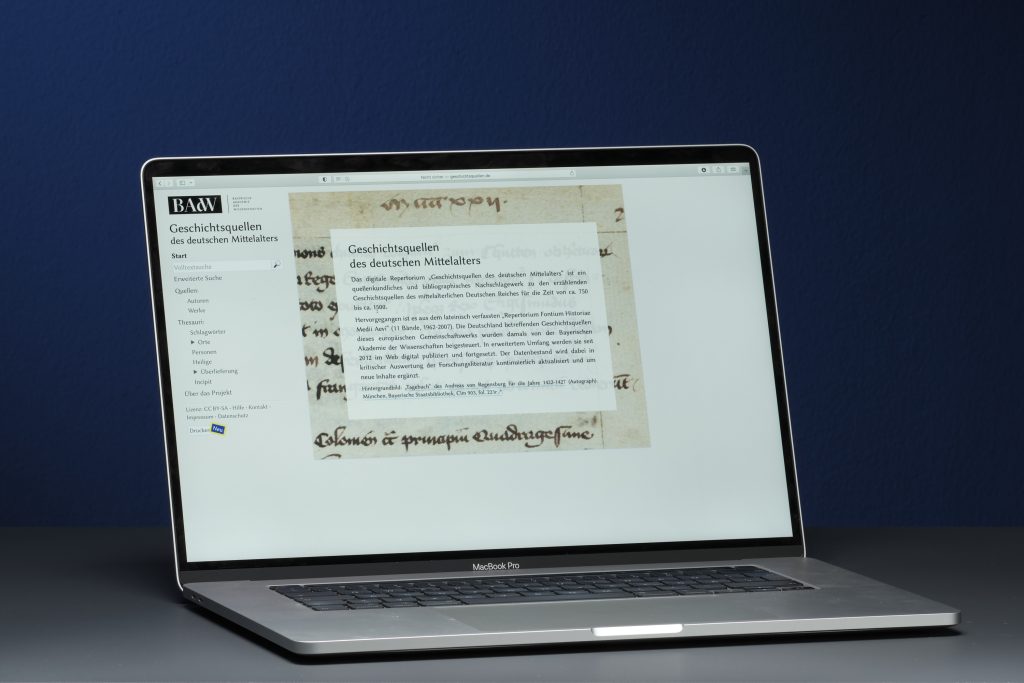
© Universität Augsburg / Peter Neidlinger
A Scientific bibliography is a list of literature that contains a list of scientific literature sorted according to certain aspects of content (e.g. church history, history of individual countries in the Middle Ages, international bibliography of reviews, etc.).
Some bibliographies are available as databases. The database “Deutsche Historische Bibliografie” (DHB), which is freely accessible on the internet, is a cooperative project of the Fachinformationsdienst Geschichtswissenschaft, the Bayerische Staatsbibliothek, the Berlin-Brandenburgische Akademie der Wissenschaften, the Institut für Zeitgeschichte and the Deutsches Museum. In it you will find the title data of monographs, Collections of essays, conference proceedings, Festschriften and essays on German history, including the Middle Ages. If a title listed in the DHB is freely accessible online, there is also a link to the relevant full text. The International Medieval Bibliography (IMB) is edited by the Institute for Medieval Studies at the University of Leeds. The bibliography is compiled by more than 50 teams in Europe, North America, Australia and Japan.
A special form of bibliography is the Quellenkunde, which contains a list of historical sources sorted according to certain aspects. In addition, source studies provide further information on the sources listed. This includes information on the time of origin, the reporting period and the author. More detailed source studies also offer an overview of the textual tradition as well as of the available text editions and translations of the source texts into modern languages (e.g. the “Geschichtsquellen des deutschen Mittelalters” structured as a database: www.geschichtsquellen.de).
Historical Atlases
Historical atlases contain topographical maps of history which seek to visualise the spatial condition in certain epochs in relation to specific political, cultural, economic and social contexts (e.g. political borders, trade routes, plant cover, mineral resources, the spread of Christian orders, etc.). When using cartographic reproductions, it must be borne in mind that historical maps always also convey an image of history prevailing at the time of their creation, which does not necessarily correspond to the ideas of contemporaries and will never be able to depict „historical reality“.
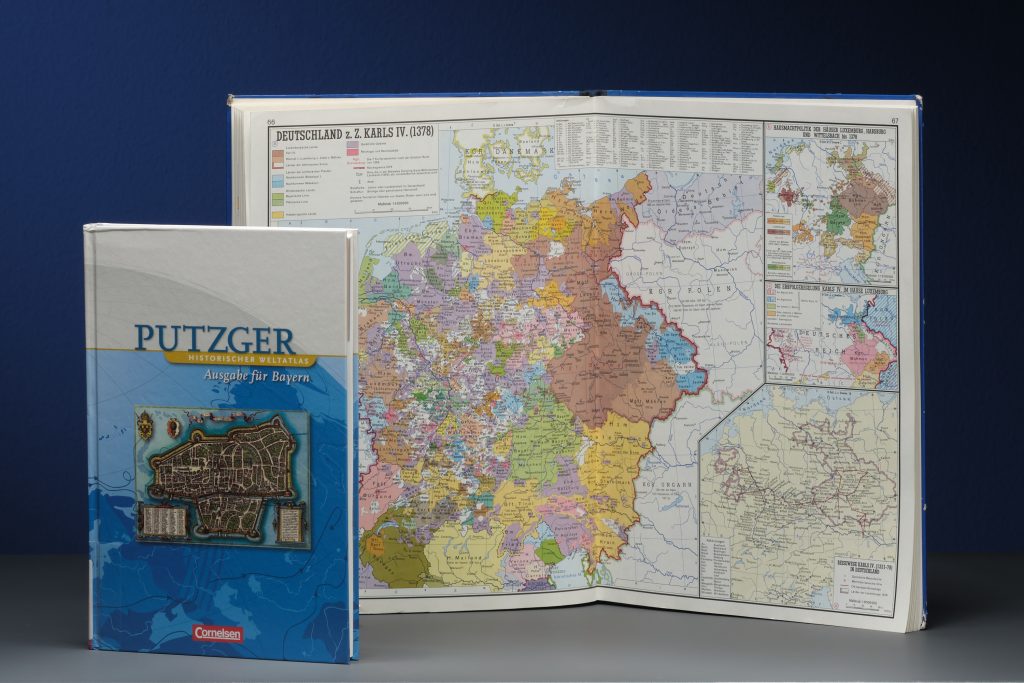
Friedrich Wilhelm Putzger (Hg.), Rudolf Berg (Mitarb.), Historischer Weltatlas, Ausgabe für Bayern, (103. Auflage) Berlin 2007.
© Universität Augsburg / Peter Neidlinger
Reviews

© Universität Augsburg / Peter Neidlinger
In reviews, newly published scientific publications are briefly summarised in terms of content and evaluated under certain aspects. Such aspects can be, for example:
- Objectives of the publication (author's intention)
- Content of the publication (goals / explanations / conclusions)
- Classification of the publication in the research discussion
- Productivity and originality of the publication's content
Reviews make it possible to quickly gain an overview of a particular work and the scientific position of the author. However, it should be noted that a review always expresses the reviewer’s professional standpoint and personal viewpoint. To balance this unavoidable degree of subjectivity, it is therefore always advisable to read several reviews of the work in question. Reviews are published in the review section of professional journals and on relevant professional portals such as H/SOZ/KULT or the review journal Sehepunkte. Freely accessible reviews from various history journals can also be found collected on the online platform www.recensio.net.
Note: This article was made possible by the funding of the DigiLLab of the University of Augsburg.
